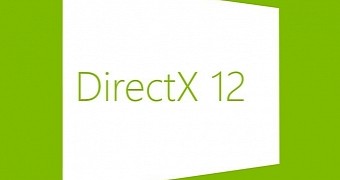The upcoming release of DirectX 12 on Windows 10-enabled devices and the Xbox One home entertainment system from Microsoft has gotten a lot of people excited.
However, the new application programming interface will not be able to solve the Xbox One's GPU problem, namely the fact that it has considerably less shader processors than its main rival, Sony's PlayStation 4.
This has been a point of contention in the ongoing console war, when people don't feel good enough simply enjoying their favorite games on their favorite hardware, but also feel the need to justify their choices and put others down.
While the arguments between gamers are pretty much irrelevant and the issue of which is the "best" console is childish at best, the reality remains that the PS4 has a GPU that's 50 percent more powerful on paper.
This has not translated into a significant difference in performance in real-world tests, but Sony's home console managed to stay slightly on top of Microsoft's device when it came to maintaining a stable framerate in most cross-platform releases, and also runs a lot of games at a higher resolution.
Whatever side of the argument you're on, things are about to improve
The good news is that both consoles will hopefully struggle less once the new APIs come into play, as they will enable programmers to access the devices' eight CPU cores much more efficiently and will let them communicate with the shader cores directly.
While this won't translate into a huge leap in performance or the level of visual fidelity, games will be able to render much more objects on screen at the same time, and a lot faster, due to the increase in the total number of draw calls that can be issued within the same time frame.
The best way to take this in is by seeing the difference that the technology can make in a synthetic benchmark, showing that DirectX 12 can support up to five times the number of draw calls DX11 can output.
While this won't likely be implemented in such a dramatic fashion in actual video games, due to their complex nature, chances are we're about to see a smoother frame rate and a lot more detail in future titles.

 14 DAY TRIAL //
14 DAY TRIAL // 